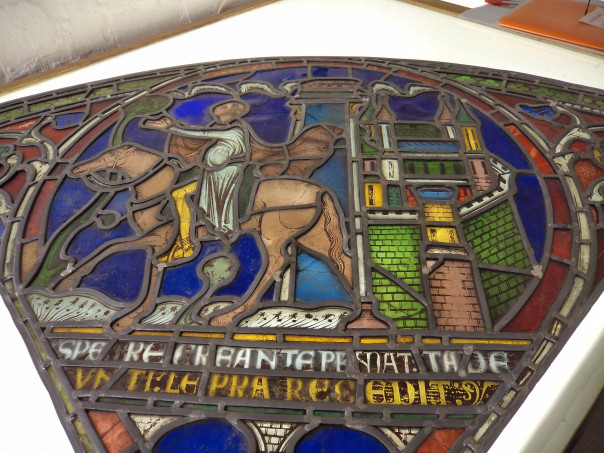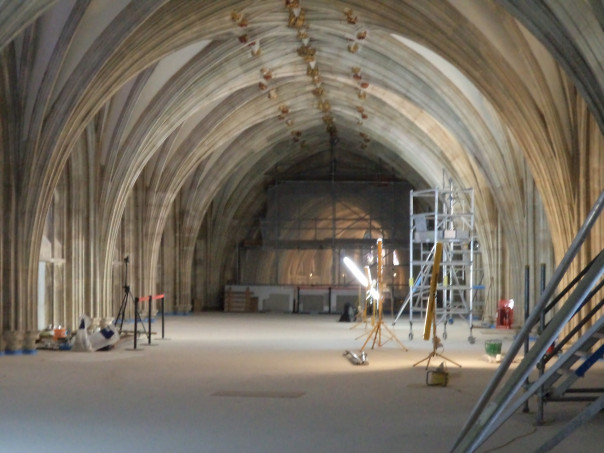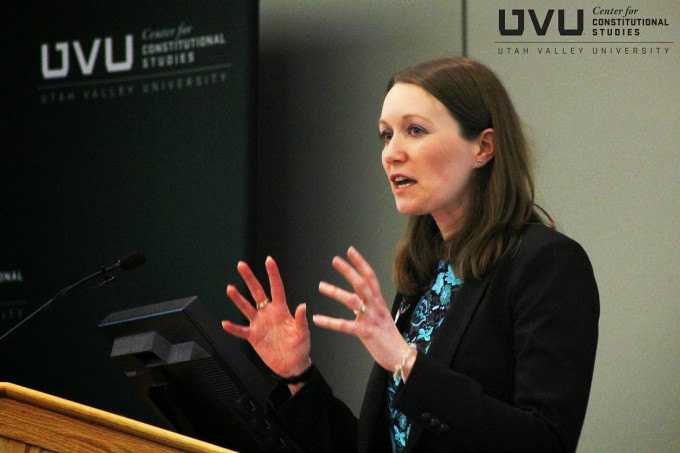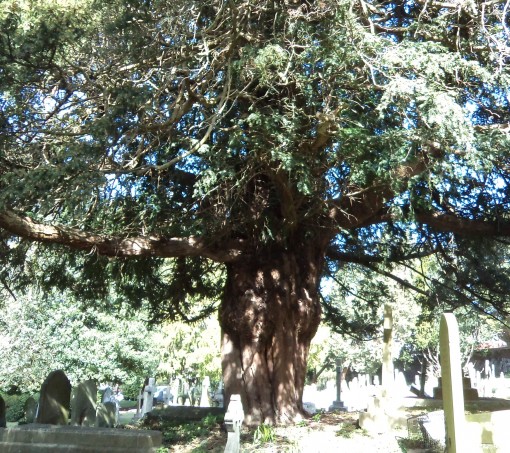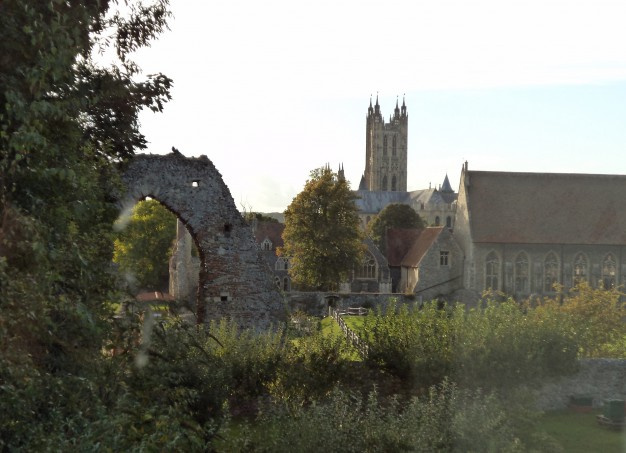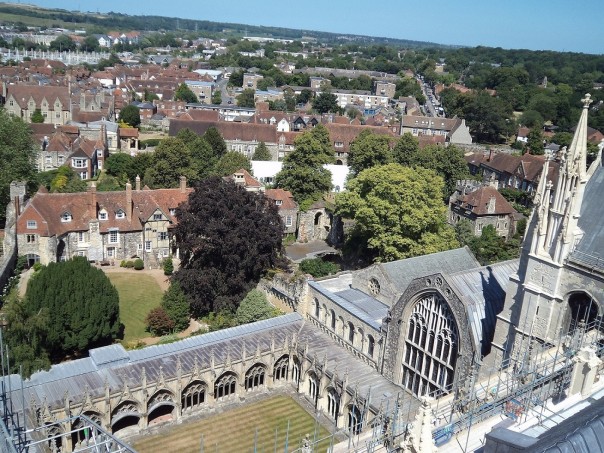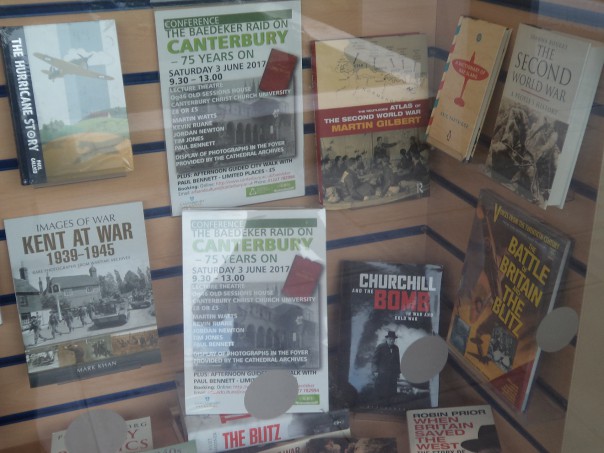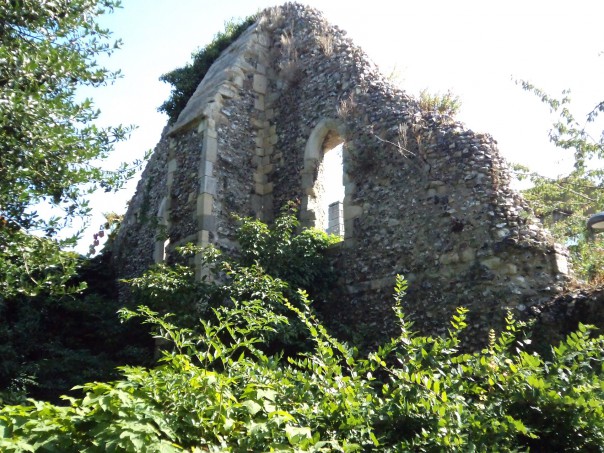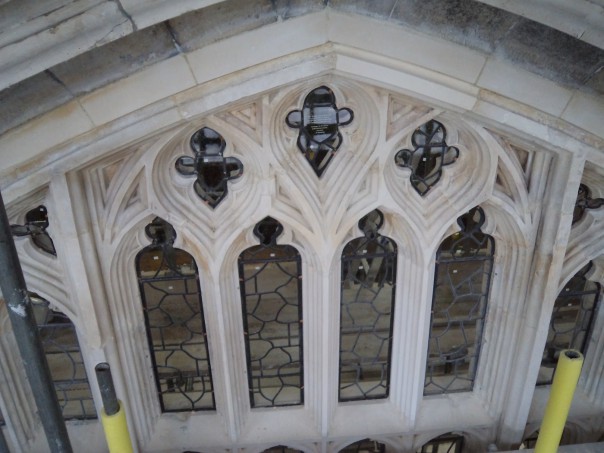A final notice for the University of Kent’s MEMS Fest where Peter Joyce, Kieron Hoyle and Jason Mazzocchi will be presenting their session on ‘Challenging Perceptions: Identity and Representation in […]
Lossenham and Medieval Canterbury – exploring places and spaces
Before I come to Richard Best’s presentation to the Kent History Postgraduates group, I thought I would catch up on a few other matters involving staff from the CKHH.
Celebrating women – as queens and historians
This blog appears in the final week of Professor Louise Wilkinson’s time at Canterbury before she takes up her new appointment at the University of Lincoln. I, Diane Heath, am […]
Yews, Jews, Aliens and Canterbury World Heritage Site – a busy week
Today we reached ‘Y’ in the Heritage A – Z so if you would like to find out about the difference between Irish and English yews, then check this out: […]
Canterbury’s UNESCO World Heritage Site and Medieval Faversham
Last week I was in Belfast giving a paper at Queen’s on ‘Starting a new life in Ricardian and Henrician Canterbury’ at the ‘Migration to the Margin’ conference, while Dr […]
Exploring Canterbury Cathedral and Swale Heritage
Before I get to the roof top visit to Canterbury Cathedral and the Swale Borough Council Heritage and Culture Review meeting, I thought I would flag up three events which […]
Baedeker, Tithe and Canterbury Crypt Creatures
Yesterday marked a watershed in History at Canterbury Christ Church, as well as in the Centre, because Dr Stephen Hipkin finished teaching at CCCU having opted for early retirement.
Exploring Canterbury Christ Church campus
The first weekend in September will see the Society for Church Archaeology’s conference on ‘Church and Industry’ at Canterbury Christ Church.
Canterbury masons and medieval women
This week I’m going to try something a bit different and give you four images rather than the usual one on the grounds that an image is often said to […]
